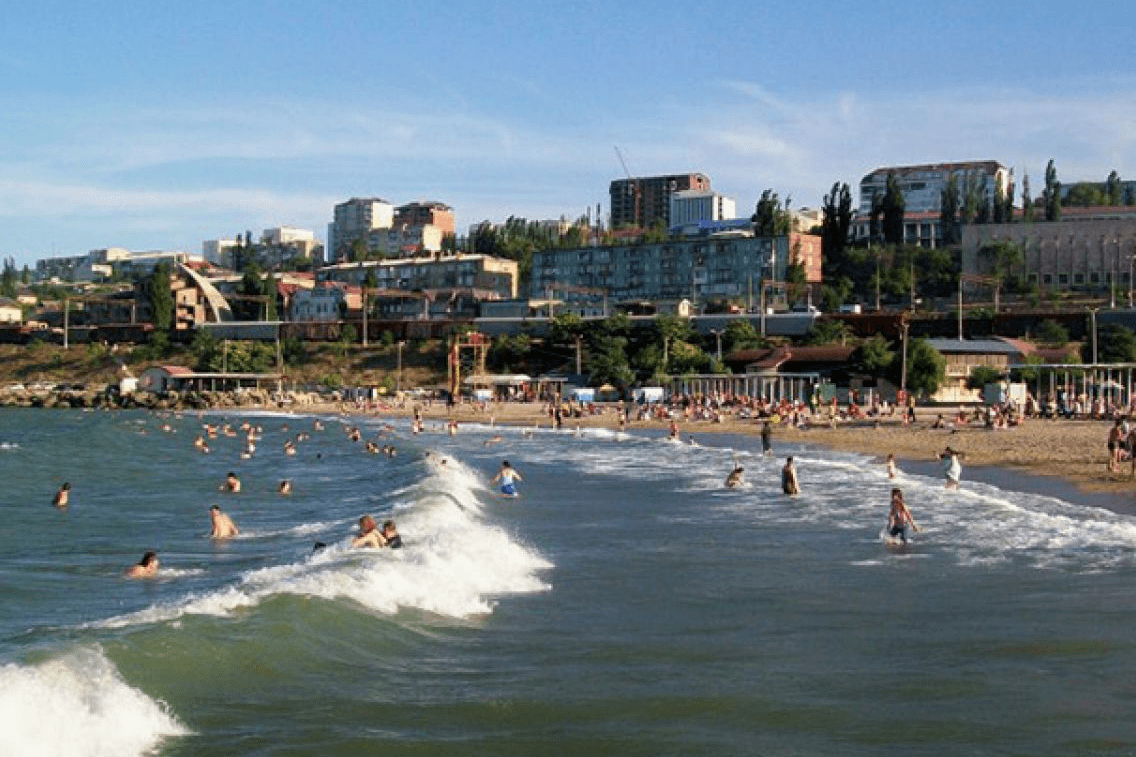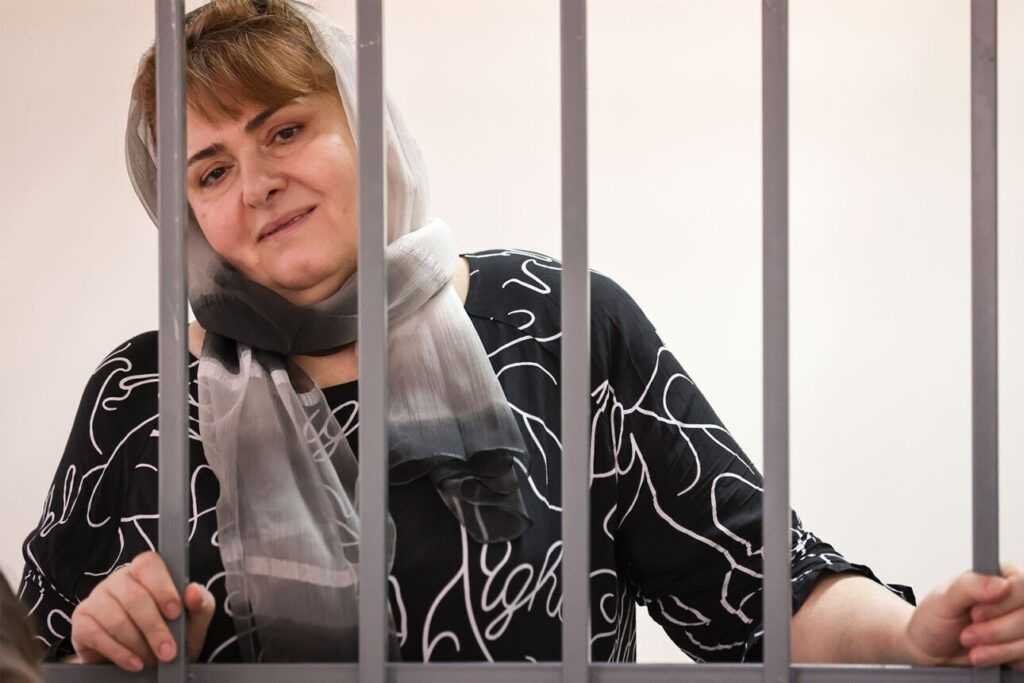
On Tuesday, health officials in Daghestan reported yet another instance of water contamination posing a potential health risk to the population after Cholera-like vibrio bacteria were discovered in the coastal waters near Laguna beach in the city of Kaspiysk.
The Telegram channel Mash Gor was the first to report the presence of cholera pathogens. Additional details were provided by local Telegram channels Kaspiysk 25 and 05.tv, which stated that a sample of seawater taken from the Laguna beach tested positive for cholera vibrio (NAG-vibrio), which are known to cause acute intestinal infections. The tests were carried out by Daghestan’s Centre for Hygiene and Epidemiology as part of a social-hygienic monitoring programme.
However, the Daghestani branch of Russia’s Federal Service for Consumer Rights Protection and Human Wellbeing (Rospotrebnadzor) refuted claims that actual cholera had been detected. Officials clarified that analyses from 21 sampling points along the coastline did not reveal pathogenic cholera vibrio, but rather cholera-like microorganisms capable of causing isolated intestinal infections.
The agency has nonetheless issued a ban on swimming along the beaches of both Kaspiysk and Makhachkala, citing a failure to meet sanitary standards. Rospotrebnadzor described the ban as a precautionary measure, explaining that the microorganisms discovered ‘do not possess epidemic potential’ and cannot trigger a cholera outbreak. The agency has urged the public to respect posted restrictions and heed warning signs.
Just one day earlier, on 7 July, a significant incident of waterborne illness was reported in the southern Magaramkent district of Daghestan. More than 110 people were infected with what authorities believe was contaminated drinking water from the Dzhepelsky water source; 18 required hospitalisation. Rospotrebnadzor confirmed that the contamination was linked to technical faults in the local water supply system. Both the Prosecutor’s Office and the Investigative Committee have launched investigations. The regional Ministry of Health stated that all patients are experiencing mild to moderate symptoms of intestinal infection, with no life-threatening cases. Now some of the sick have been diagnosed with dysentery.
Cholera is a severe gastrointestinal illness that causes acute diarrhoea and dehydration. It is typically transmitted through contaminated water and food. The illness can develop rapidly and may lead to death without prompt treatment.
Daghestan has a long history of cholera outbreaks. According to medical research, the region has recorded cases during nearly every global cholera pandemic. Within Russia’s epidemiological zoning, Daghestan is classified as a Type I territory — at high risk for the import and spread of cholera.
The first verifiable record of cholera in Daghestan dates back to 1451. The last major epidemic occurred in 1994, with more than 1,200 confirmed cases and 18 deaths. The outbreak affected nearly every city and 23 districts within the republic.
At the same time, public concern and rumours about potential epidemics are more frequent than actual outbreaks.











